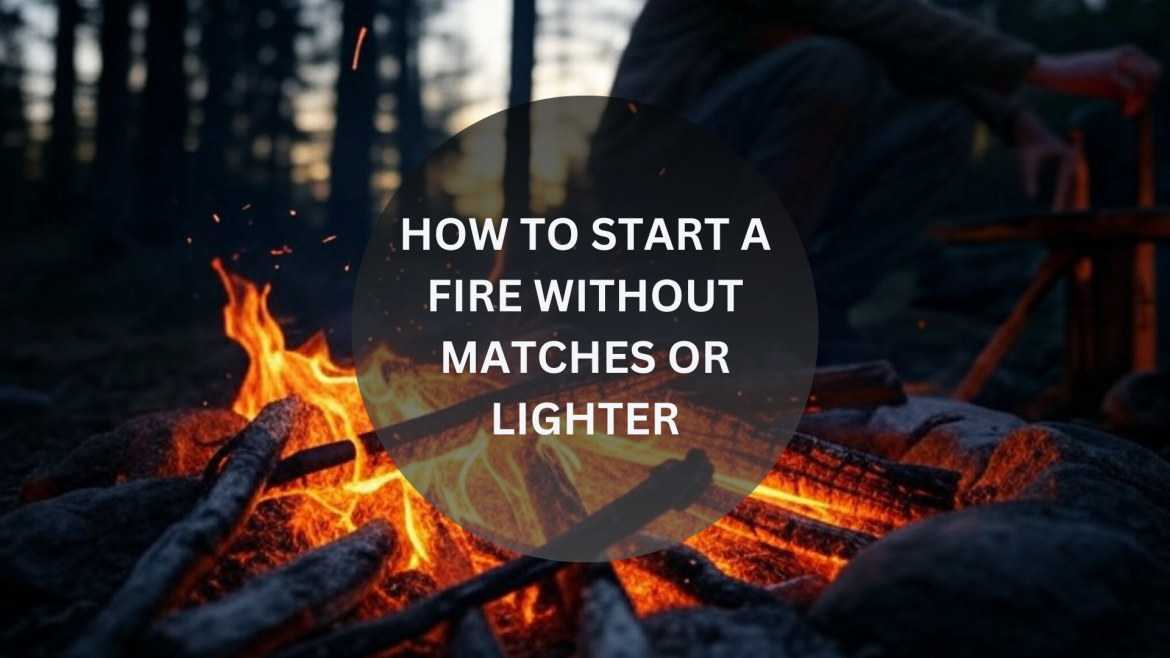Fire is one of the most critical survival elements, providing warmth, cooking capabilities, protection, and even a psychological boost. But what if you find yourself without matches or a lighter? Knowing alternative fire-starting methods can be a lifesaver in the wild. This guide will teach you practical, reliable ways to start a fire using natural and improvised techniques.
Why Learning Fire-Starting Skills is Essential
- Survival situations: Fire can help keep you warm and prevent hypothermia.
- Food preparation: Cooking food ensures it is safe to eat and provides necessary energy.
- Signal for rescue: Smoke from a fire can alert rescuers to your location.
- Protection: Fire can deter wild animals and insects.
Methods to Start a Fire Without Matches or a Lighter
1. Fire by Friction (Primitive Methods)
Friction-based fire-starting requires patience and technique but is a fundamental survival skill.
Bow Drill Method
- Materials Needed:
- A dry, straight spindle (stick) and a fireboard (flat wood)
- A bow (curved stick with cordage tied to both ends)
- A socket (rock or wood piece to apply downward pressure)
- Tinder bundle (dry grass, bark, or wood shavings)
- How to Use It:
- Place the spindle in a notch in the fireboard.
- Wrap the bowstring around the spindle and hold it upright.
- Press down on the spindle with the socket while moving the bow back and forth.
- Continue until you create enough heat to generate an ember, then transfer it to the tinder bundle and blow gently.
Hand Drill Method
- Similar to the bow drill but requires manually spinning a stick between your palms on a fireboard.
- Requires more stamina and dry materials.
2. Using Flint and Steel
- How It Works:
- Strike a piece of flint against steel (such as the back of a knife) to create sparks.
- Catch the sparks in char cloth or dry tinder.
- Blow on the smoldering ember to ignite a flame.
- Best for: Prepared survivalists who carry a flint and steel kit.
3. Fire with a Magnifying Glass or Lens
- Materials Needed:
- Magnifying glass, eyeglasses, binocular lens, or even ice shaped into a convex lens.
- Dry tinder such as shredded bark, dry grass, or cotton.
- How to Use It:
- Focus the sunlight onto a small area of the tinder.
- Hold steady until smoke appears.
- Gently blow on the ember to produce a flame.
- Best for: Daytime survival situations with strong sunlight.
4. Fire from Batteries and Steel Wool
- How It Works:
- Touch fine steel wool to both ends of a 9V battery.
- The steel wool will ignite and can be placed into dry tinder.
- Alternative: Use a AA battery and foil (such as a gum wrapper) to generate a spark.
- Best for: Campers or survivalists carrying batteries in their gear.
5. Chemical Fire-Starting Methods
- Potassium Permanganate + Glycerin: A few drops of glycerin on potassium permanganate can create fire.
- Brake Fluid + Chlorine Powder: Generates heat and ignites when combined.
- Warning: These methods should only be used with knowledge of their chemical reactions and potential hazards.
Fire-Starting Tips for Success
- Always gather dry tinder, kindling, and fuel wood before attempting to start a fire.
- Choose a sheltered location to protect your fire from wind and moisture.
- Have backup methods: Carry a ferro rod, waterproof matches, or other fire-starting tools.
- Use natural fire starters like tree sap, dry pine needles, or char cloth for quicker ignition.
1. What is the easiest way to start a fire without matches?
2. Can I start a fire with wet wood?
3. How do I keep a fire burning all night?
Conclusion
Starting a fire without matches or a lighter is a vital survival skill that requires practice and preparation. Whether using friction, lenses, batteries, or flint and steel, having multiple techniques at your disposal can make all the difference in a survival situation.
🔥 Have you tried any of these fire-starting methods? Share your experiences in the comments!




